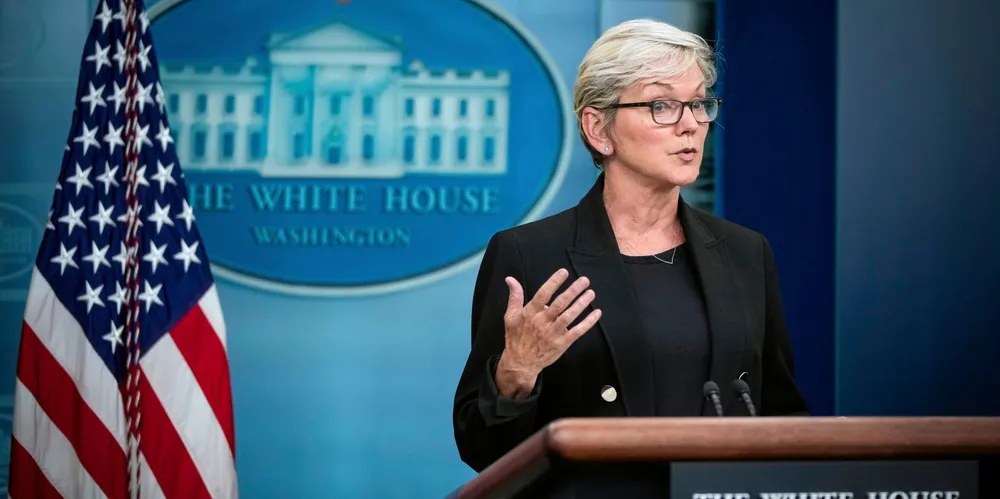Long duration energy storage gets $350m funding as 'key' to future US clean power grid
Energy storage set to boom in coming decades spurred in part by US goals of slashing costs by 90% over a decade as well as generous subsidies

The US will channel $350m into so-called long duration energy storage (LDES) demonstration projects as part of the Biden administration’s aim of developing a low-cost, reliable, carbon-free electric grid by 2035.
The Department of Energy (DoE) will fund as many as eleven pilots under the LDES initiative, which is focused on technologies able of delivering electricity for 10-24 hours, with the longer-view ambition orf cutting the cost of grid-scale energy storage by 90% inside the decade.
“Advancing [LDES] technologies is key to making energy generated from clean renewable resources – like wind and solar – available for 24/7 use, and is critical to achieving a decarbonized power grid,” said US secretary of energy Jennifer Granholm.
The US is aiming for a carbon-free electricity grid by mid-way through the next decade and economy-wide net-zero by 2050, with power generation increasingly from intermittent renewable sources, spurring demand for LDES that can discharge enough power for long periods of time and when production is reduced or unavailable.
“Today’s energy storage technologies are not sufficiently scaled or affordable to support the broad use of renewable energy on the electrical grid,” said the DoE.
DoE will fund up to 50%of the cost of each project to catalyse impactful LDES demonstrations and open “enormous new possibilities for clean, baseload power”, it said. The programme aims to fund projects that will overcome the technical and institutional barriers that exist for full-scale deployment of LDES systems by focusing on a range of different technology types for a diverse set of regions.
The initiative follows a $30m round into laboratory research into LDES systems announced in October, and is part of an overall $505m effort funded through the $1.2trn Infrastructure Investment and Jobs Act of 2021.
Lithium-ion batteries are currently the technology of choice for the sector, but alternative technologies, including vanadium redox flow batteries and compressed air storage are gaining traction.